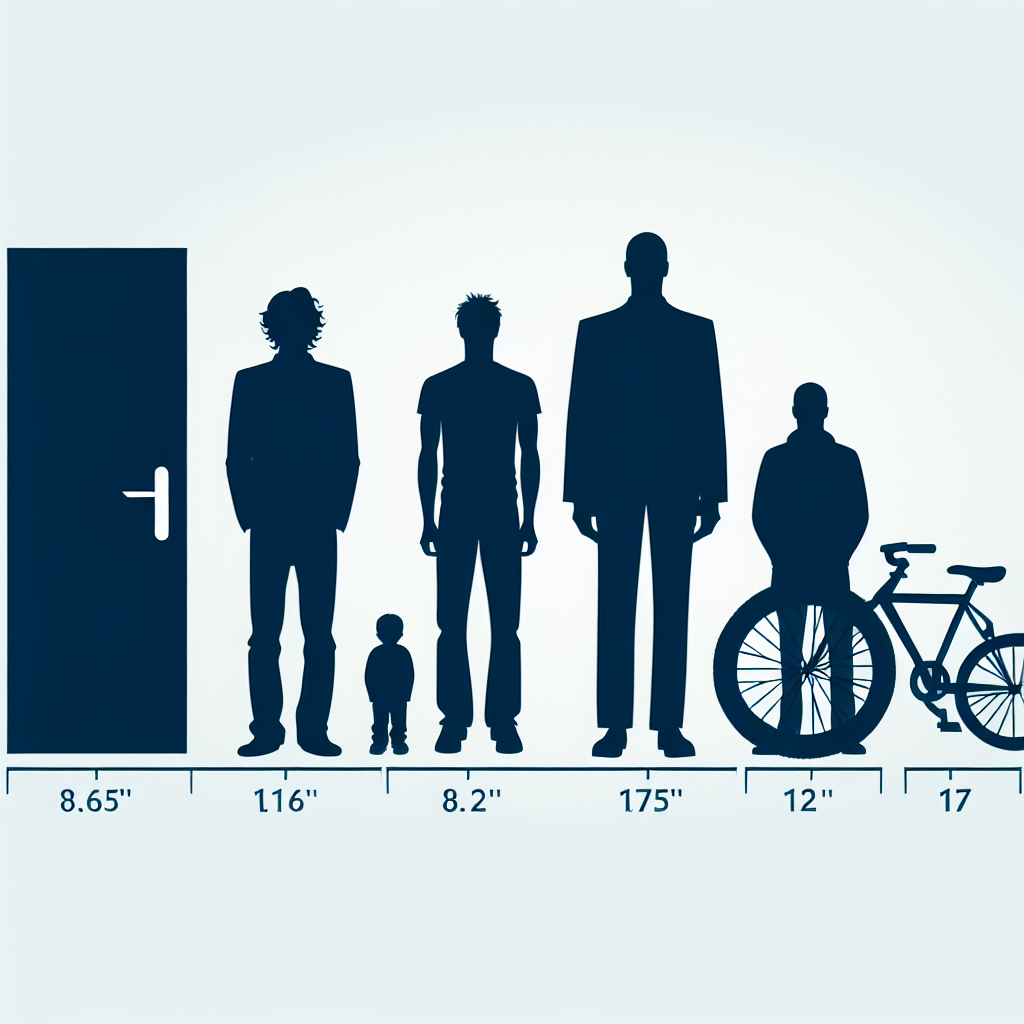Understanding Bio Hybrids: Revolutionizing Biotechnology
Dive into the world of bio hybrids, where biology meets technology. This article explores the nuances of bio hybrids, addressing common questions and uncovering their significance in modern science.

What are Bio Hybrids?
Bio hybrids are innovative entities that combine biological components with synthetic materials or systems, merging living cells with engineered structures. This interdisciplinary approach harnesses the advantages of both biology and technology, leading to groundbreaking advancements across various fields such as medicine, environmental science, and robotics.
How are Bio Hybrids Created?
The creation of bio hybrids involves several steps, including the selection of biological components (such as cells or tissues), the design of synthetic materials, and the integration process. Typically, researchers begin with the identification of the desirable traits in specific organisms (like bacteria or stem cells), which are then cultivated and manipulated using genetic engineering. These biological components are combined with biocompatible materials, which can include polymers or metals, to form a functioning hybrid.
What are the Applications of Bio Hybrids?
Bio hybrids have a range of applications depending on their composition and design. Here are some notable examples:
- Medical Devices: Bio hybrids are being used to develop advanced prosthetics that more accurately mimic human movement by incorporating living muscle cells.
- Biosensors: These hybrids can detect diseases by integrating biological recognition elements with electronic sensors, leading to faster and more efficient diagnostics.
- Tissue Engineering: Bio hybrids play a crucial role in regenerative medicine, helping to repair or replace damaged tissues by combining living cells with scaffold structures.
- Environmental Applications: They can be employed to break down pollutants or even create sustainable energy through biohybrid systems incorporating photosynthetic organisms.
What Challenges Exist in Bio Hybrid Development?
Despite their immense potential, several challenges hinder the development of bio hybrids. First, there is the issue of biocompatibility; ensuring that the synthetic materials do not invoke an adverse biological reaction is critical. Second, integrating living cells with synthetic systems often leads to complications in maintaining cell viability and function over time. Third, ethical considerations arise, particularly in fields such as genetic engineering and the usage of human cells.
How Do Bio Hybrids Contribute to Sustainable Practices?
Bio hybrids are paving the way for sustainable practices across various industries. By utilizing living organisms in synergy with synthetic materials, they promote resource-efficient processes. For instance, bio hybrids can enhance wastewater treatment by incorporating bacteria that degrade harmful substances, thereby reducing the need for expensive chemical treatments. Additionally, research continues on using bio hybrids in agriculture to develop crops that can adapt to climate change while requiring fewer resources.
Are There Ethical Considerations Associated with Bio Hybrids?
Yes, ethical considerations are paramount in the development of bio hybrids. The manipulation of biological systems raises a series of questions concerning biodiversity, ecological balance, and potential impacts on human health. It is essential for researchers and regulatory bodies to consider these factors to ensure responsible innovation. Public discussions and ethical guidelines are crucial in creating a framework for safe bio hybrid applications.
What Future Directions Can We Expect for Bio Hybrids?
The future of bio hybrids appears promising as research progresses and technology evolves. We can anticipate greater integration of artificial intelligence in bio hybrid systems, enhancing their functionality and adaptability. Furthermore, advancements in nanotechnology may allow for more sophisticated designs that improve cellular interactions and efficiencies. As these technologies mature, we may see a wider acceptance and application of bio hybrids in various fields, ultimately leading to enhanced quality of life and sustainable development practices.
New posts

The Rise of E-Mobility Start-Ups: Transforming the Future of Transportation
Electric Vehicles

Understanding the Percentage of Electric Cars in Norway: A Comprehensive Analysis
Sustainability

Exploring Electric Car Battery Swap Stations: A Revolutionary Solution for Sustainable Transportation
Electric Vehicles

Latest E-Mobility News: Trends, Innovations, and Insights
Sustainability

The Future of Performance: Exploring Audi Quattro Electric Technology
Sustainability

Understanding Bio Hybrids: Revolutionizing Biotechnology
Technology

Bio Hybrid vs Electric: Which Is the Future of Sustainable Driving?
Innovation

Exploring the Audi Quattro Electric Range: Performance, Efficiency, and Features
Electric Vehicles

Audi Quattro Electric vs Tesla Model Y: A Comprehensive Comparison
Electric Vehicles

What to Expect from Bio Hybrid Cars in 2025
Sustainability
Popular posts

The Rise of Polestar Motorcycles: A Comprehensive Look at This Exciting New Player
Sustainability

Maximize Your EV Experience with a Wallbox Garage: All You Need to Know
Home Improvement

Exploring NIO Power Swap Stations: Revolutionizing EV Ownership
Sustainability

Exploring Apple Project Titan: The Future of Autonomous Vehicles
Innovation

How Do Electric Car Incentives Work? A Detailed Guide
Sustainability

The Rise of Eco-Friendly SUVs: What You Need to Know
Sustainability

Hydrogen vs Electric Cars: A Comprehensive Comparison
Sustainability

The Latest Insights and Trends in EVNews: Your Go-To Source for Electric Vehicle Updates
Sustainability

Exploring IAA Germany: Key Insights and FAQs
Events

Unveiling the Latest E-Mobility Trends in Europe
Technology